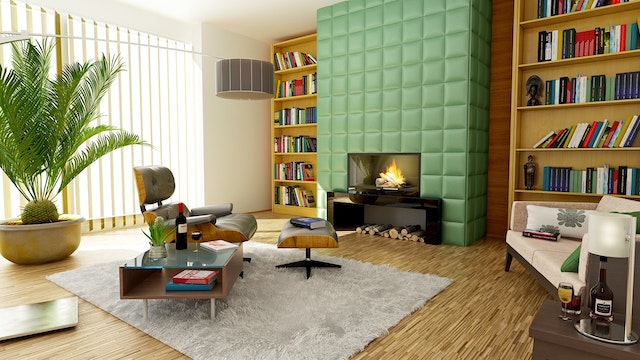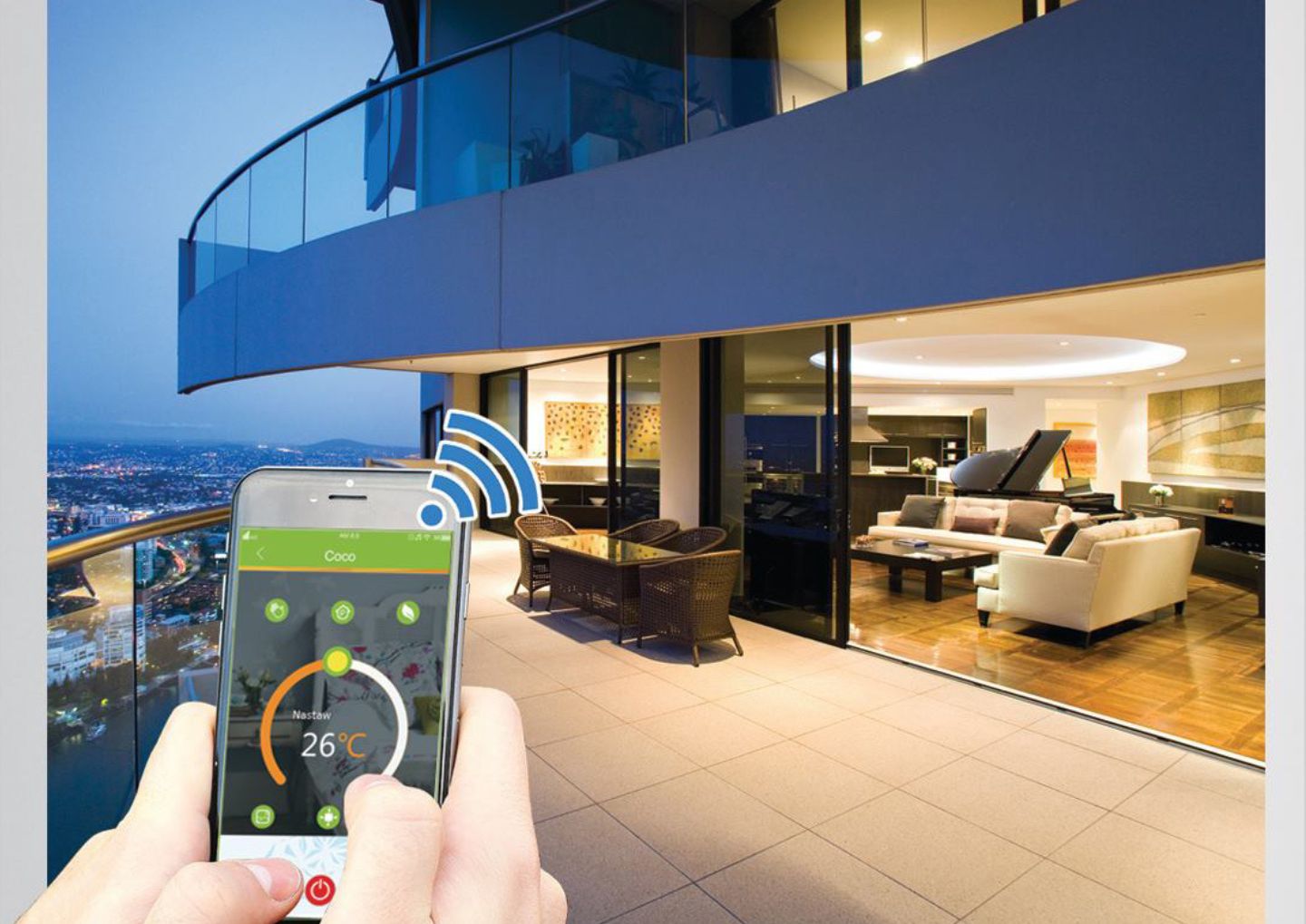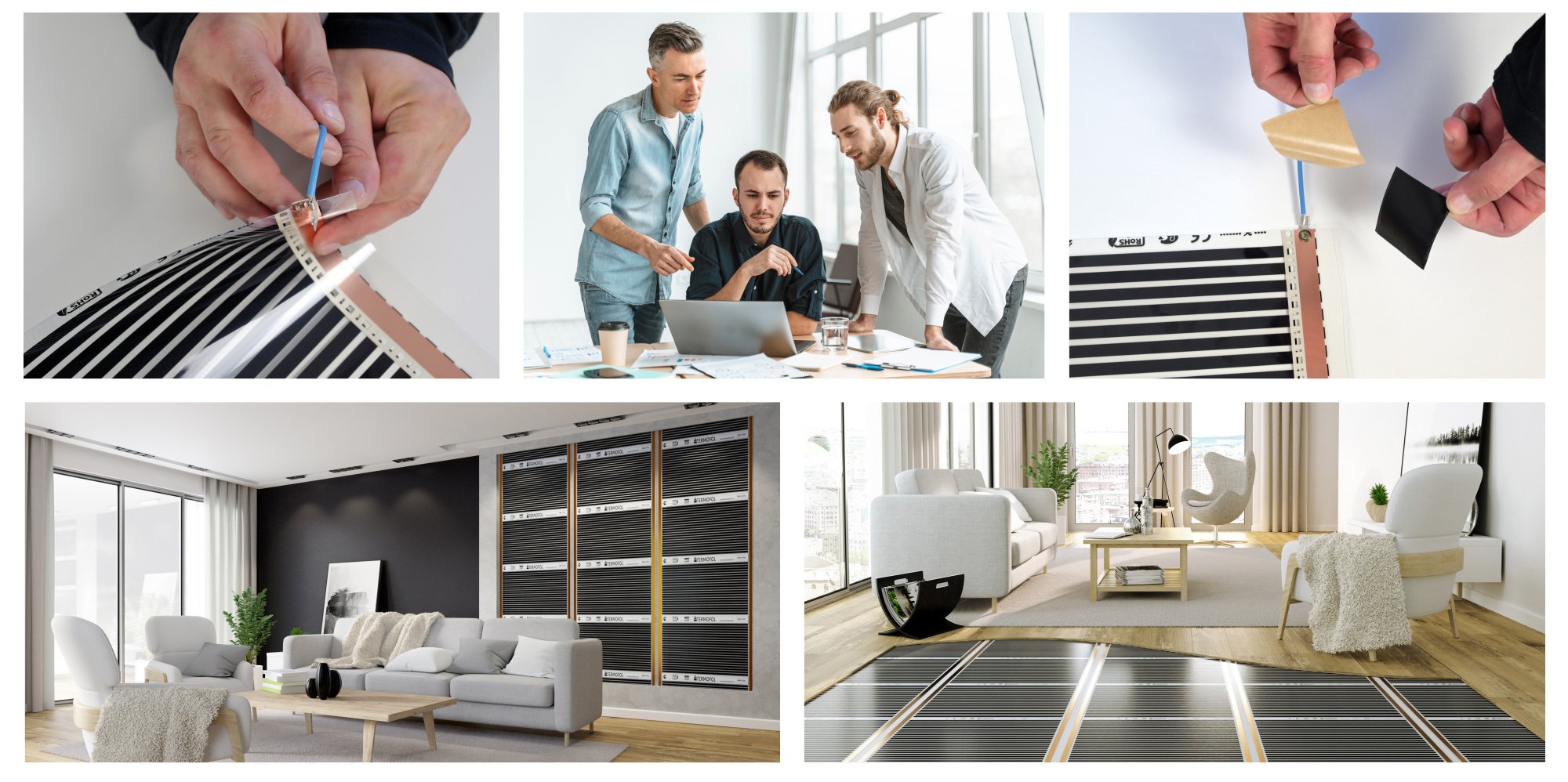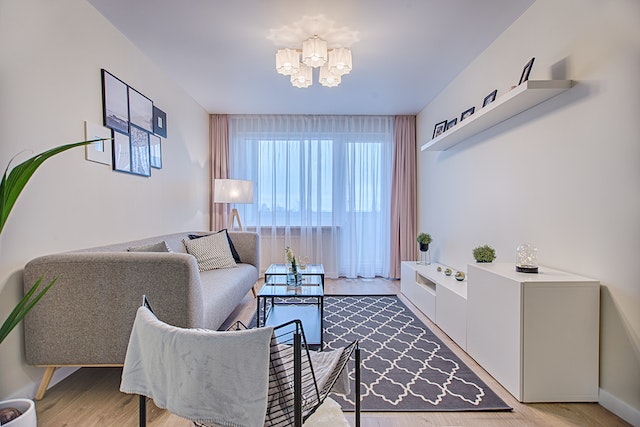Maintaining an optimal temperature in our homes is essential for both our comfort and energy efficiency. Traditional thermostats have been the go-to solution for controlling indoor temperature, but advancements in technology have introduced a new player in the game: thermoregulators. These innovative devices offer numerous benefits, ranging from enhanced comfort to reduced energy consumption. In this article, we will explore the advantages of thermoregulators in the house and how they can revolutionize the way we manage indoor climate.
- Precise Temperature Control:
One of the primary benefits of thermoregulators is their ability to provide precise temperature control. Unlike traditional thermostats, which often have a limited range of settings, thermoregulators allow users to set their desired temperature with greater accuracy. These devices utilize advanced sensors and algorithms to continuously monitor and adjust the indoor climate, ensuring a consistent and comfortable environment.
- Increased Comfort:
Thermoregulators excel at maintaining optimal comfort levels within the house. By intelligently adjusting the temperature based on factors like occupancy, time of day, and outdoor weather conditions, these devices create a personalized and comfortable living space. Additionally, some thermoregulators offer features such as zoned heating and cooling, allowing different areas of the house to be set at different temperatures, catering to individual preferences and specific room usage.
- Energy Efficiency and Cost Savings:
Energy efficiency is a growing concern for homeowners, both from an environmental and economic perspective. Thermoregulators play a crucial role in reducing energy consumption and maximizing cost savings. By automatically adjusting the temperature based on occupancy and learning user preferences over time, these devices prevent unnecessary heating or cooling, resulting in lower energy bills. Furthermore, some thermoregulators integrate with smart home systems and can be controlled remotely, allowing users to adjust settings and monitor energy usage from anywhere, anytime.
- Smart Integrations and Automation:
Thermoregulators are often part of larger smart home ecosystems, offering seamless integration with other devices and systems. This integration allows for enhanced automation and convenience. For example, thermoregulators can work in tandem with smart blinds or curtains to optimize the amount of natural light and heat entering the house, reducing the need for artificial lighting and heating. They can also sync with occupancy sensors, adjusting the temperature based on whether someone is present in the room or not. These automated features contribute to a more efficient and effortless home environment.
- Environmental Benefits:
Reducing our carbon footprint and adopting sustainable practices are vital for the health of our planet. Thermoregulators contribute to these efforts by promoting energy-efficient heating and cooling. By minimizing unnecessary energy consumption, these devices help to reduce greenhouse gas emissions associated with energy production. Additionally, some thermoregulators integrate weather forecasting, allowing them to optimize energy usage based on anticipated weather patterns, further reducing environmental impact.
Thermoregulators have emerged as a significant advancement in home temperature control, offering a range of benefits that prioritize comfort, energy efficiency, and sustainability. With precise temperature control, increased comfort levels, reduced energy consumption, and integration with smart home systems, these devices are transforming the way we manage indoor climate. By embracing thermoregulators, homeowners can create an environment that is both comfortable and eco-friendly, making significant strides towards a greener and more efficient future.



